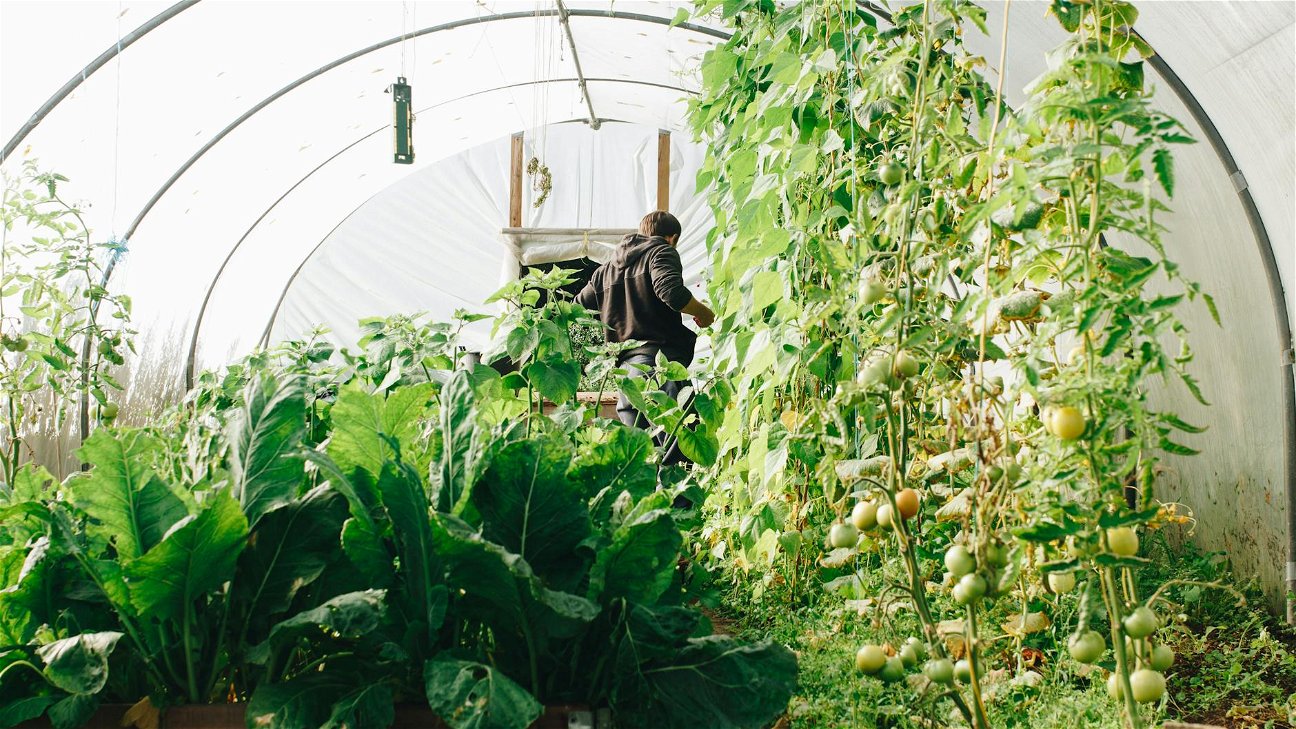
Water conservation is important, and one way to help out in this endeavor is by employing xeriscaping in your home garden. Xeriscaping is a type of landscaping that reduces or eliminates the need for supplemental water from irrigation. It is especially useful in dry climates, but don't worry if you live somewhere wetter - many principles of xeriscaping can apply anywhere!
The Art of Xeriscaping
Xeriscaping involves using plants that require less water, planning your garden to reduce water waste, and maintaining it with water-efficient methods. One of the most crucial aspects of xeriscaping is selecting the right plants. Here, we'll explore some of the best plants for xeriscaping, and how they thrive with less water.
Top Plants for Xeriscaping
- Agave (Agave species): These succulent plants are ideal for xeriscaping. They are drought tolerant and require minimal maintenance.
- Red Yucca (Hesperaloe parviflora): Red Yucca is a great choice for a water-wise garden. It's not a true yucca, but it's just as drought resistant.
- Blue Fescue (Festuca glauca): This ornamental grass adds a lovely blue-green hue to the landscape and can handle dry conditions.
- Lavender (Lavandula): Lavender is a great choice for a xeriscape garden. It's a hardy plant that thrives in hot, dry conditions.
- Sedum (Sedum species): Sedum, or stonecrop, is a popular choice for xeriscaping. It's a hardy succulent that can handle drought very well.
Remember, every plant has its own water and sun needs, so make sure to give your plants the care they need to thrive. Planting in the right location and grouping plants with similar needs together is a key component of water-efficient gardening.
Xeriscape Design Principles
- Planning and Design: Consider the location, climate, and existing vegetation when designing your landscape.
- Soil Improvement: Use compost and organic materials to improve soil quality for better water absorption and retention.
- Practical Lawn Areas: Limit grassy areas to functional uses, as they usually require more water.
- Efficient Irrigation: Use drip irrigation or soaker hoses to deliver water directly to the plant roots.
- Mulching: Mulch helps to reduce evaporation and keep plant roots cool.
Using less water in your garden is not only beneficial for the environment, but it also means less work for you. Xeriscaping allows you to have a beautiful garden without wasting resources, and by choosing the right plants, you can have a landscape that is both beautiful and sustainable.











